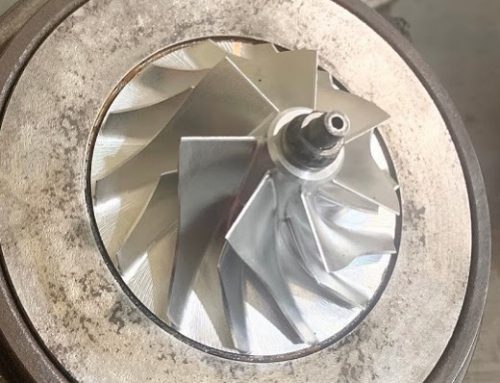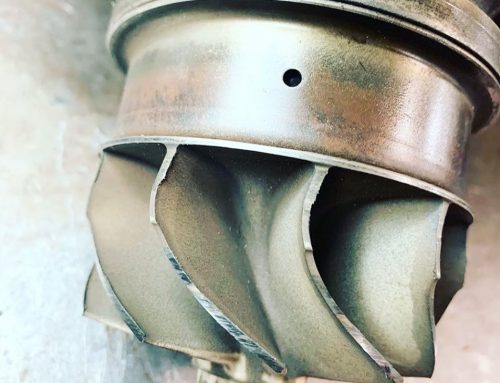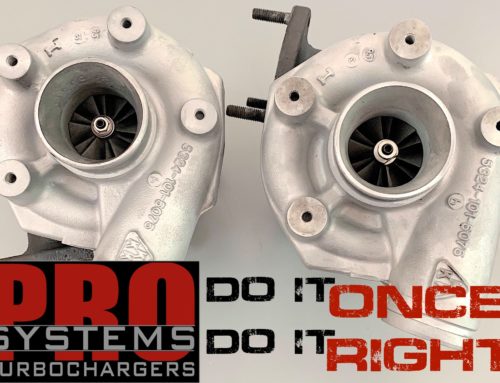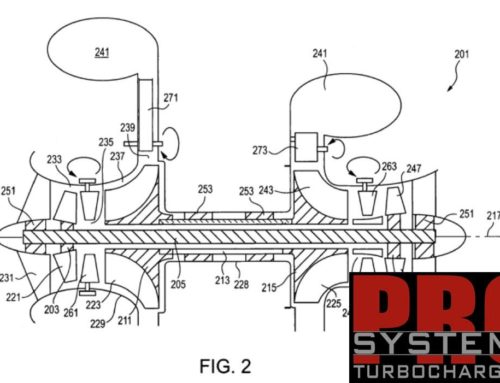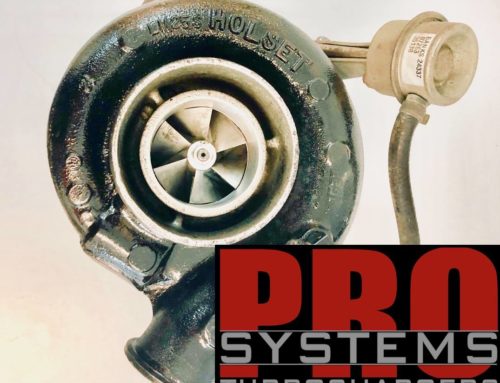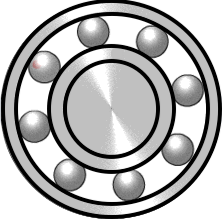
Ball Bearing Turbochargers are a latest rage in the automotive world right now… hydrodynamic and full-floating journal bearing systems (being the norm) are being temporarily upstaged by this trend toward ball bearing-type cartridge systems in turbochargers.
IS THIS THE SMARTEST MOVE?
I don’t think so and heres why:
In an automotive application a ball bearing turbo will spool up faster IF you dont know how to drive a turbo car.
If you are just someone who hits the throttle at an idle and wants to go fast, ball bearing turbos can provide transient response times and achieve boost levels as much as 25 percent higher for the first 1.5 seconds after you hit the throttle over a non ball bearing turbo. BUT this is only if you are going from a dead idle to slamming it to wot.
In my own Turbo car, I keep the boost loaded by applying the brakes and some throttle moments before I need it (whenever I think I can use all that power when its time to slam the throttle down). This driving style allows my non ball bearing (journal bearing) turbo to negate the advantage of the ball bearing turbo BUT I get the reliability of the journal bearing turbo.
THE OLD DAYS ARE OVER.
Back in the early turbo days, turbo lag was so bad that drivers used to hit the throttle a full 1-3 seconds before it was time to accelerate as they approached the apex.
But now with better turbo shapes, impeller designs and materials those massive amounts of turbo lag have all but disappeared. Now we are looking at percentages of loss in boost over a short period of time instead of a TOTAL loss in boost over that same period of time.
In an effort to further reduce that lag, ball bearing turbos appeared. Once again, an invention to assist those not skilled in the art of operating a turbo powered car to close the gap against a driver who has that skill.
BALL BEARING TURBOS COME AT A PRICE:
1. The biggest price paid on ball bearing turbos is continuous motion and pressure. This load on the ball bearings causes them to “rut” their housing. Thus causing failure to the unit.
2. In the racing world with leaded fuels ceramic bearings will get contaminated with the lead in the fuel and these deposits also cause premature failures.
So ball bearing turbos have some pricey downsides.
This brings us right back to where we started. The cure to these issues is simple. Hydrodynamic or Journal bearing turbos. Which is what we have now.
These styles allow the spinning components to fully float on a film of oil. Since the turbocharger’s rotating assembly does not make physical contact with any other parts these designs are almost impossible to wear out as long as you have good oil pressure and good quality oil.
But thats not even the biggest advantage. On Journal bearing designs the oil (just like in your cars shocks) is a shock and vibration absorber.
Ball bearing designs will transmit that vibration through the turbo and to its impellers that can then amplify the vibration and destroy the bearings and the shaft and its components.
But Journal bearing style turbos ride on that oil, that oil acts as a damper and even though you may have an impeller with some pretty good damage on it (from a rock or a wrench that was sucked up into the inlet..or just a bad out of balance condition) the journal bearing turbo will continue doing its job without exploding and with minimal vibration.
Journal bearing designs not only use big volumes of oil to float the components, this same large volume of oil cools the components so you have a cooler running turbo as well.
So the next time someone tells you, its got ball bearing turbos… or you have the option to choose between ball bearing or Journal turbos… weigh the pros and cons. There is no clear winner here. As a race car driver, I prefer the reliability and longevity of a Journal turbo and I simply adapt my driving style to negate much or all of the advantage that the ball bearing turbo has when starting from very low RPMs.
I would also make an upgrade to the turbo to a better impeller (like our Razor Billet impeller) to further tighten the gap between the two designs. Once it gets down to tenths of a second in boost rise rate, the advantage is gone as the traction control system is bleeding off the excess power created anyway.
When combined with a proper driving style a journal turbo with a upgraded impeller can outperform a driver in a ball bearing turbo car everytime and the journal turbo car will have the proven reliability and cooler internal temps that only a journal turbo design can offer.
-Patrick James


